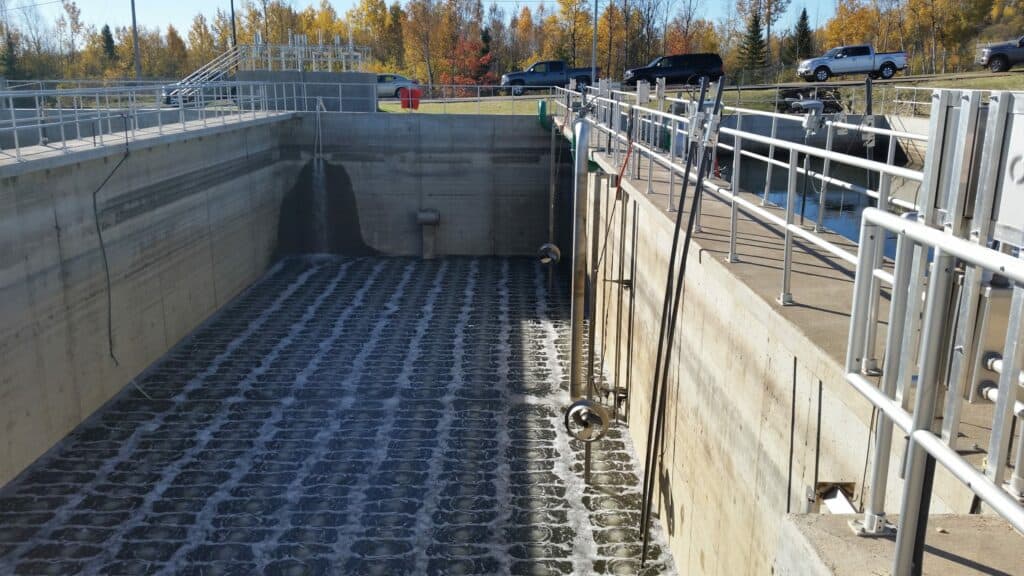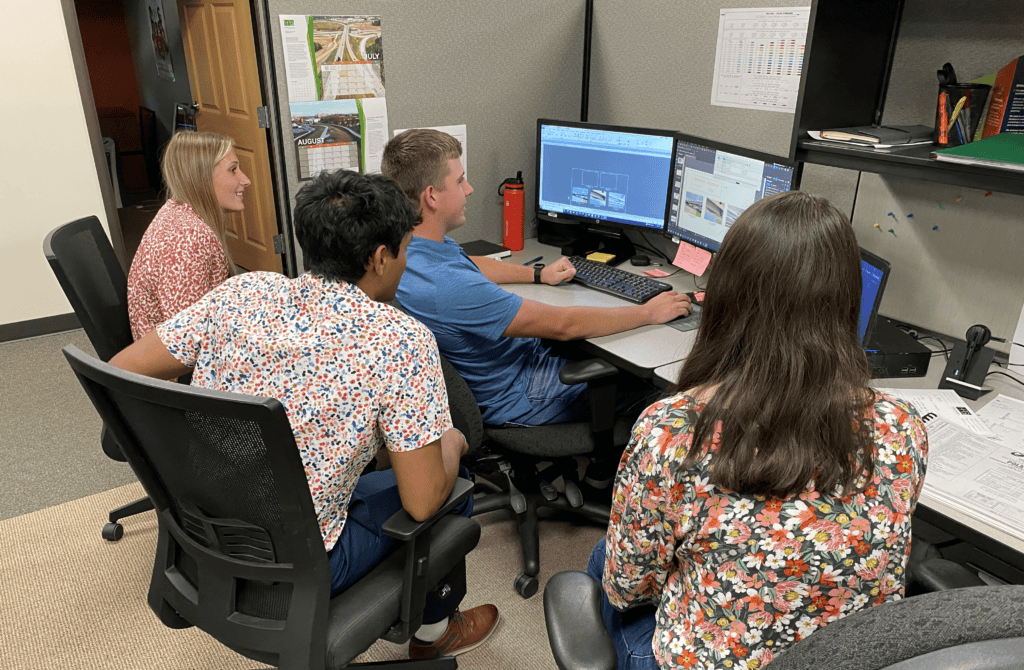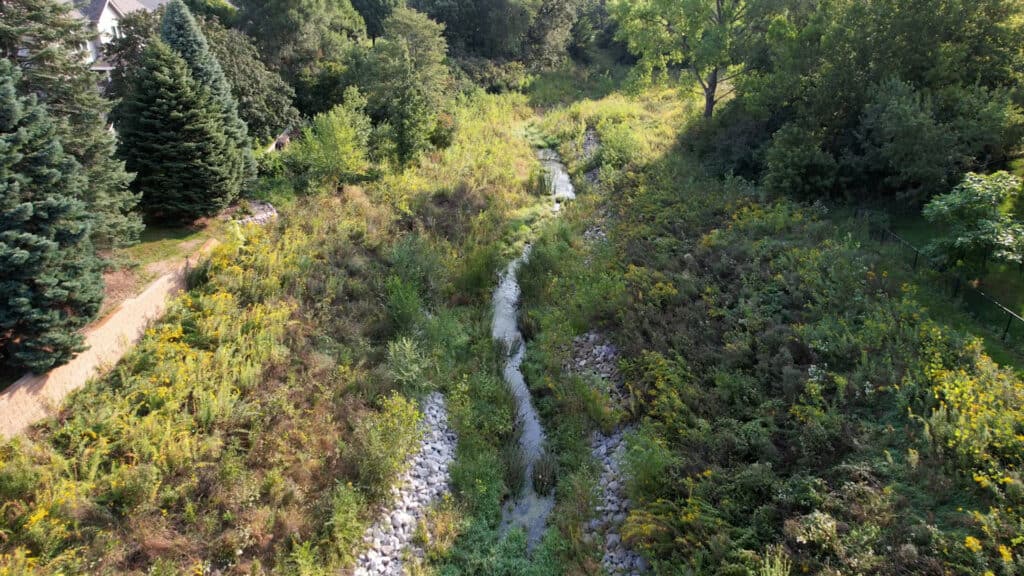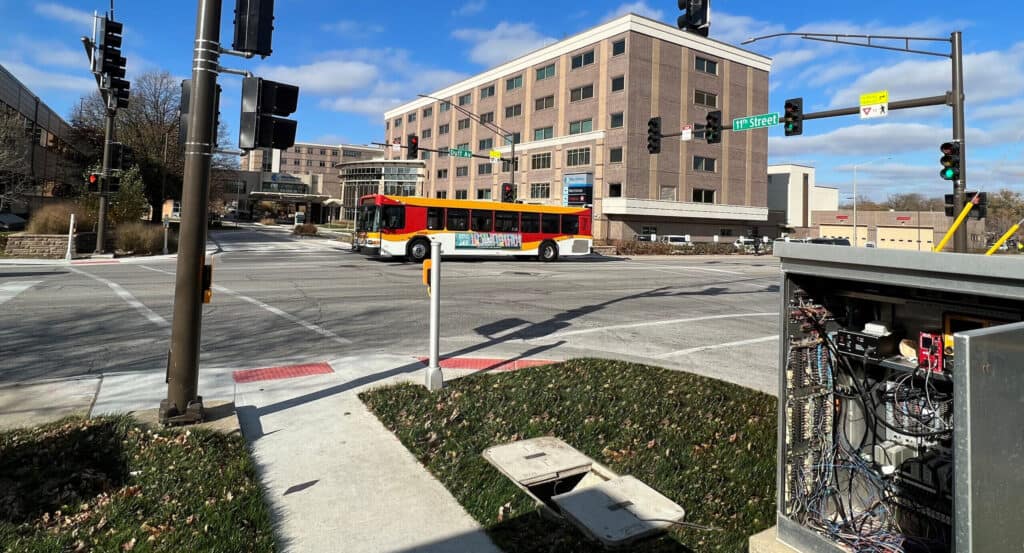Seeking More Sustainable Wastewater Treatment

The triple bottom line is a framework that considers social, environmental, and economic effects together – it is used to measure the “sustainability” of an action. Wastewater treatment has an impact on all three components of the triple bottom line. Wastewater treatment has led to tremendous improvements to society as a whole by minimizing diseases and improving quality of life; it has also led to far cleaner bodies of water from small streams to oceans. Though human health and the environment have benefitted from the emergence of wastewater treatment as a standard protocol for waste disposal, the benefits have come with a high economic burden to the budgets of municipalities and industries.
PFAS Sampling: New Regulations and Implications for Operators

Explore new EPA PFAS sampling regulations, monitoring procedures, treatment options, and funding resources to manage contamination in water systems.
HR Green’s 2024 Internship Highlights

At HR Green, we take pride in our internship program, providing aspiring engineers with a professional work environment to learn and grow. We aim to empower interns, fostering their talents as they experience diverse projects that offer a comprehensive view of the engineering world. Interns are challenged and mentored, gaining hands-on experience in various engineering […]
Key Considerations During ISP Broadband Implementation

Broadband projects require specialized construction methods and experienced personnel. Vast knowledge of broadband construction can mitigate project risks and improve outcomes. Municipal staff can benefit from training and development programs that enhance their skills and prepare them for the specific demands of broadband projects. This support helps municipalities handle the complexities of broadband deployment effectively. […]
The Success of the Project Management Consultant (PMC) Delivery Method with MoDOT

Addressing the complexities of infrastructure development requires adaptable and innovative project management strategies. The Project Management Consultant (PMC) delivery method has proven effective by offering a versatile solution tailored to fit the diverse needs of any transportation department. This method was successfully implemented by the Missouri Department of Transportation (MoDOT) in collaboration with HR Green, […]
Top Technologies Communities Can Leverage to Improve Citizen Communications

A well-informed constituent will feel engaged and involved. Communities striving to improve communications with their residents and visitors should periodically evaluate the technologies available and weigh their strengths against the community’s need. Some technologies are excellent at getting information distributed to a broad audience quickly, while others allow for interaction and multimedia applications.
April 2024 Bite-Size Colorado Legislation News

Discover the latest updates on Colorado State Legislation! As new legislation is introduced, it’s important to stay informed about the changes it may bring. HR Green is monitoring the priorities of our state legislators.
How Civil Engineers Can Promote Biodiversity

One critical aspect that makes our Earth so special is the biological diversity (aka biodiversity) that makes up our natural world. Biodiversity refers to the variety of species on Earth that sustain life, ranging from microorganisms, fungi, plants, animals, and humans. Unfortunately, biodiversity loss has become a growing concern. According to the United Nations, “the […]
A Community’s Approach to Smart Transportation Technology

Explore the transformation of urban mobility in smart cities from intelligent transportation systems to broadband services with HR Green.
March 2024 Bite-Size Colorado Legislation News

Discover the latest updates on Colorado State Legislation! As new legislation is introduced, it’s important to stay informed about the changes it may bring. HR Green is monitoring the priorities of our state legislators.